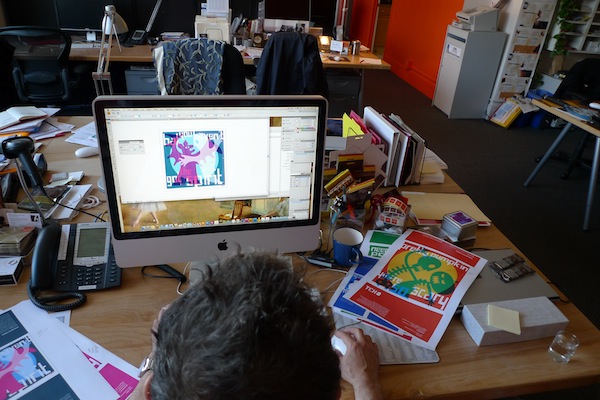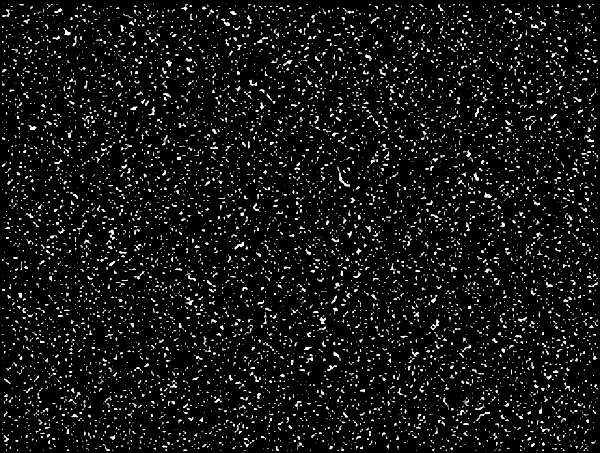
The unreadable Domesday Book

Survey: What Are Your Plans for Your Personal Digital Archives?
read more
BBC History of computers

Personal Archiving Day 2011

25 jaar .nl

Preservation tips Library of Congress
Our photo albums, letters, home movies and paper documents are an important link to the past and chances are that you want to keep some of these for your children or grandchildren.
To ensure that your digital materials last a lifetime the Library developed this brochure with basic steps to get started on preserving your digital memories. You can download the Personal Archiving Brochure on their website www.digitalpreservation.gov
Oude Computers

Een virtuele rondreis door de geschiedenis van de computer in Nederland door de Stichting Computer Erfgoed of bekijk de onwaarschijnlijk gedateerde (Engelstalige) website van de vergane technologieën op oldcomputers.net.
De oude advertenties zijn verrassend en vertederend, het computer erfgoed is nog te koop en vintage kan interessant worden.... voor een van de eerste Apple computers werd onlangs ruim 150.000 euro betaald...
Digitale duurzaamheid bronnen

Preservation week USA

Digitale tijdscapsule

Het computermuseum
Tijdens een korte vragenronde onder grafisch ontwerpers bleek een van de meest gehanteerde duurzaamheidsstrategie het eigen computermuseum te zijn. Sluit je geliefde mac af, vlàk voor hij zijn laatste adem uitblaast en plaats hem naast zijn oudere broertjes en zusjes in een koele donkere kast.

Practical archivist
Dat weggooien en bewaren hand in hand gaan beschrijft Sally J. aka The Practical Archivist heel duidelijk. Ze legt uit hoe je binnen je eigen fotoverzameling kunt selecteren. Of dit nu analoge (papieren) foto's zijn of digitaal, dat maakt niet uit. Selectie is van groot belang om door de bomen nog iets van een bos te kunnen blijven zien. Daar kan zij je bij helpen, online via haar fantastische Preservation Answer Machine en desnoods tegen een uurtarief (vraag wel naar haar overzeese tarieven).

Alan's notes
Een van de aardigste artikelen die ik las over digitale duurzaamheid voor de 'gewone man' was op de blog Alan's notes. Hierin beschrijft hij helder hoe relatief simpel jij en ik onze persoonlijke digitale documenten een langer leven kunnen geven. Hij beschrijft het helder en simpel maar de meeste mensen die ik over zijn advies vertelde begonnen halverwege met hun ogen te rollen. Ik zie het nog niet gebeuren dus, dat we massaal een dag in onze agenda plannen waarop we jaarlijks ons digitale archief bijhouden... maar zo simpel is het eigenlijk wel.
| The unreadable Domesday Book |
| Published by kvdh on Thursday, 05 April 2012 13:54 |
One of my favorite examples of digital obsolescence on account of the physical medium used for data storage is the BBC Domesday Project. The project was a partnership between three computer companies and the BBC to mark the 900th anniversary of the original Domesday Book, an 11th century census of England.  The original Domesday Book was the result of William of Normandy's decision, having conquered England in 1086, to take account of his new territory. The Domesday Books now resides in the National Archives in Kew. For the BBC, the 900th anniversary in 1986 presented an opportunity to produce a television series and an interactive combination of computer and video production to produce a kind of modern-day equivalent of William's survey. It was conceived in 1983 by an experienced BBC Television producer and filmmaker, Peter Armstrong. At this time multimedia was a tremendously exciting, much talked-about technology, pregnant with possibilities for education and the future of archiving. The new "survey" of the United Kingdom was compiled between 1984 and 1986 and published in 1986. It included contributions from over 1 million people, mostly school children, who wrote about geography, history or social issues in their local area or just about their daily lives. The project also incorporated professionally prepared video footage, virtual reality tours of major landmarks and other prepared datasets such as the 1981 census. It was one of the major interactive projects of its time, and it was undertaken on a scale not seen since. The project was stored on what was then cutting edge technology – a special type of Laser-Disc that was read by a BBC master computer. This technology didn’t catch on and became obsolete quickly, leading to fears that the discs would become unreadable. The historical and cultural significance of the Domesday project makes it one of the most significant digital resources produced in recent history. Significant efforts were to ensure that this resource is not lost and is made accessible the people who contributed to it. The domesday preservation group made up of people who have an interest in preserving our digital heritage was formed with the express purpose of finding ways to preserve the Domesday Project Data. The Centre for Computing History has undertaken a similar project to preserve the data from the Domesday Project and make it available online. They already have data from both the National Disk and Community Disk online and are currently investigating copyright issues before releasing the URL to the general public |